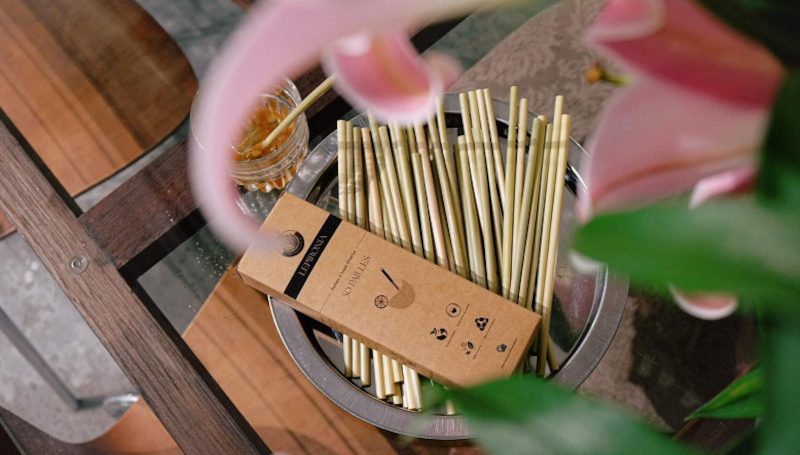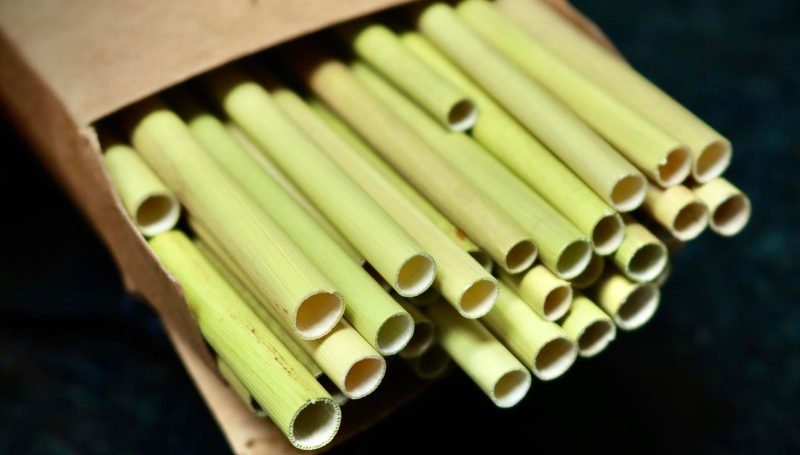When it comes to grass straws, our clients often have questions beyond price and safety concerns. Efficiently storing grass straws and using them properly are key aspects of customer satisfaction. While some people opt for cheap non-brand grass straws due to their affordability, improper storage can lead to mold growth, resulting in dissatisfaction and potential negative impacts on other businesses.
At Lepironia.com, we are ready to share valuable insights on how to store and use grass straws effectively. These unique straws, made solely from natural Lepironia articulata grass, require extra care and specific storage methods. There are two types of grass straws available: fresh and dried. Each type has distinct production processes and storage requirements. Let’s delve into the details, starting with fresh grass straws.
Fresh Grass Straws: Production and Storage
Fresh grass straws are crafted from mature Vietnamese Lepironia articulata grass, aged over one year. The production process involves cutting the grass, cleaning the insides, and washing them with ozone to ensure bacteria-free and safe straws. Unlike dried
Found in tropical regions worldwide, Lepironia articulata, commonly known as grass, is a species belonging to the Articulata genus within the Lepironia Sedge family. Standing at a maximum height of 1.5 meters, this grass boasts a sturdy outer layer measuring around 8 mm in width, with horizontal ribs housing 3-4 sheaths.
Thriving near water sources, these grasses have emerged as a perfect alternative to plastic straws. Made entirely of organic and natural materials, they hold the potential to combat the plastic pollution plaguing our planet.
The Simple Process of Crafting Natural Green Grass Straws
Producing these eco-friendly straws is a straightforward and uncomplicated process. With no need for large-scale industrial setups or complex machinery, anyone can transform natural grass into functional straws by following a few simple steps. Let’s explore the eight-step production process:
Step 1: Selecting the Right Grass
The initial phase involves carefully choosing the ideal grass for straw production. Optimal straw quality requires selecting strong and rigid stems with tube diameters ranging from 5 to 8
As the sun begins its ascent, the day starts early for Bay and his family, dedicated farmers working on the Lepironia articulata grass farm.
This article takes you on a captivating journey into the life of a Vietnamese farmer, shedding light on the arduous yet rewarding process of cultivating grass straws.
What Makes Grass Straws Special?
Grass drinking straws are not created equal. Lepironia.com, a renowned company, crafts their straws from the stems of a specific grass variety known as Lepironia articulata. This unique grass, found exclusively in Southeast Asia, boasts a circular structure that lends itself perfectly to the creation of eco-friendly drinking straws.
The Day Begins
Bay’s family rises with the dawn, embarking on their morning routine. Personal hygiene takes precedence, followed by a simple breakfast of rice or instant noodles. As Bay sips his tea and smokes, he eagerly awaits his wife’s preparation of their lunch. Meanwhile, he double-checks his toolkit, ensuring he has a knife, sickle, provisions for lunch, water, a mobile phone, medical oil,







